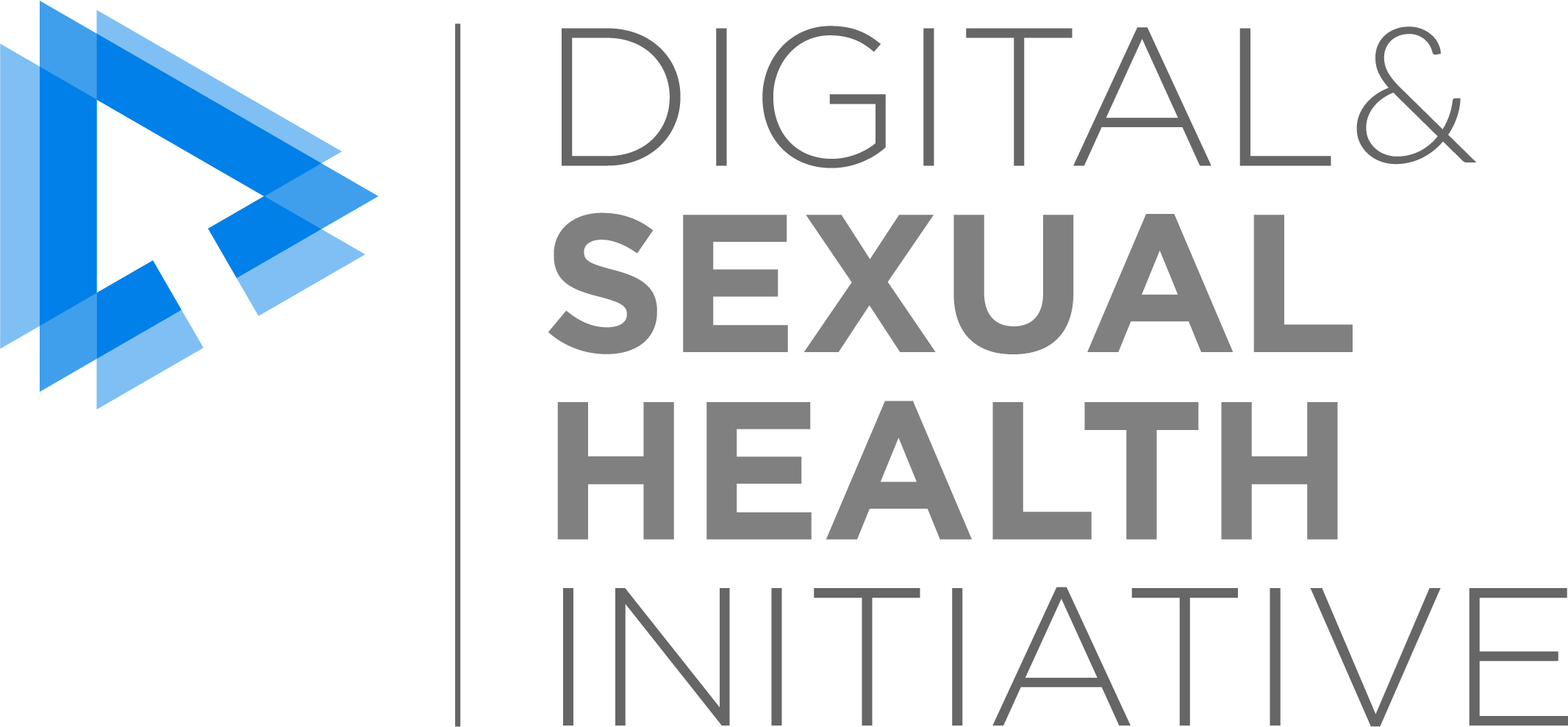Does Survey Recruitment Channel Influence Evaluation of Awareness and Use of Digital STBBI Testing Services? Insights From Getcheckedonline’s 2022 Community Survey in British Columbia, Canada
Research theme(s)
Internet Based Testing
Ihoghosa Iyamu, Aidan Ablona, Rodrigo Sierra-Rosales, Hsiu-Ju Chang, Heather Pedersen, Paul Flowers, Nathan Lachowsky, Troy Grennan, Devon Haag, Sofia Bartlett, Catherine Worthington, Daniel Grace, Mark Gilbert.
34th Canadian Conference on HIV/AIDS Research (CAHR 2025), Halifax, Nova Scotia, May 1-4, 2025.
Background
Online surveys are often used to evaluate digital sexually transmitted and bloodborne infections (STBBI) care services but risk selection bias towards respondents with better digital access and literacy. We compared awareness and use of GetCheckedOnline, BC’s online testing service, between participants recruited digitally vs. in-person.
Methods
Between June and September 2022, we recruited English-speaking, sexually active BC residents ( ≥16 years, ≥1 partner in the past year), using two modalities: (1) digitally mediated recruitment using social media ads and digital survey links at sexual health clinics and community sites, and (2) in-person paper surveys at community events/sites (e.g. Pride festivals, colleges), targeting populations facing STBBI testing barriers (e.g., low-income earners, gay men). We assessed awareness and use of GetCheckedOnline (Yes/No), recruitment modality (digital/in-person), socio-demographics, e-health literacy, digital access, and sexual health characteristics. Differences in awareness and use were analyzed using bivariable and multivariable logistic regression models, accounting for plausible confounders. Intersectionality theory informed the testing and inclusion of significant interaction terms.
Results
Among 1,657 participants (mean age: 33.0 years, SD: 11.77), 52.5% (784) were women, 36.2% (600) were recruited digitally, and 35.8% (584) were aware of GetCheckedOnline, of whom 57.4% (324) had used it (Table 1). Digitally-recruited participants had higher odds of awareness (OR: 5.27, 95%CI: 4.23–6.57) and use (OR: 3.13, 95%CI: 2.20–4.45) compared with participants recruited in-person. Differences persisted after adjusting for socio-demographics, digital literacy and access, region, STBBI testing history and previous experience of testing barriers: awareness (aOR: 3.17, 95%CI: 2.18–4.60) and use (aOR: 2.47, 95%CI: 1.43–4.26). Covariate interactions were not significant.
Conclusions
Digitally recruited participants had greater awareness and use of GetCheckedOnline. Recruitment modalities strongly influence survey evaluations of awareness and use of digital STBBI services like GetCheckedOnline. Combined recruitment strategies are therefore essential for more inclusive and accurate evaluations of awareness and use of these services.
